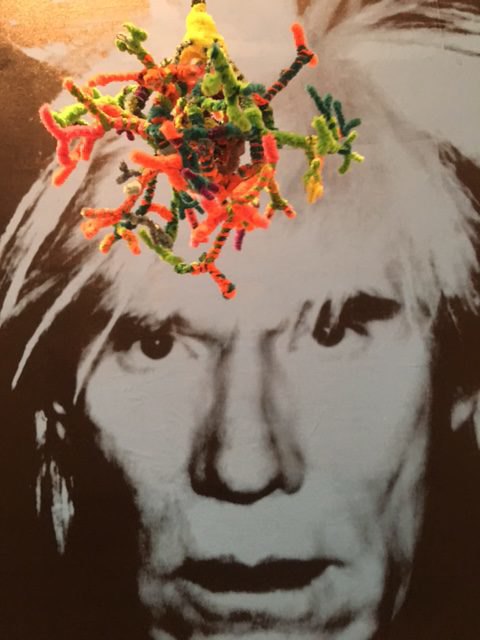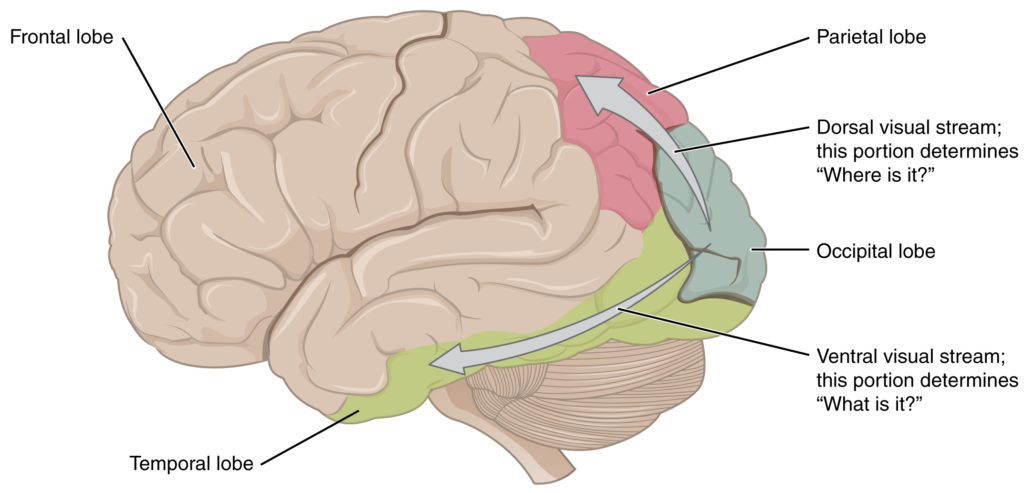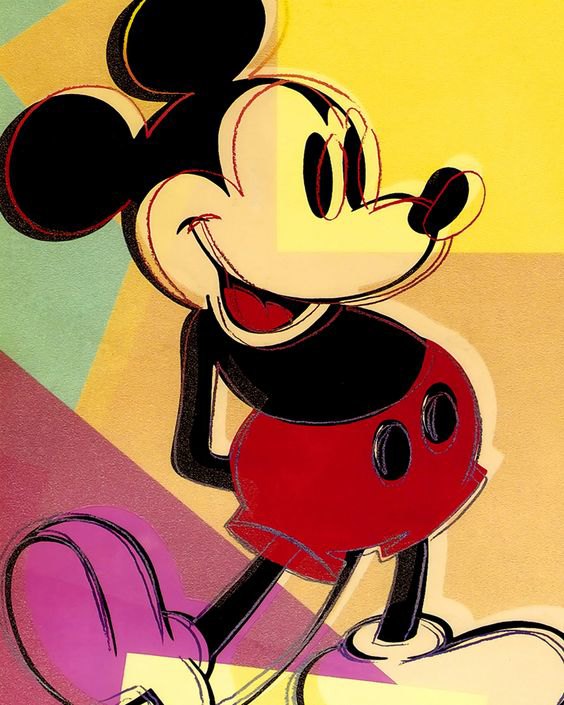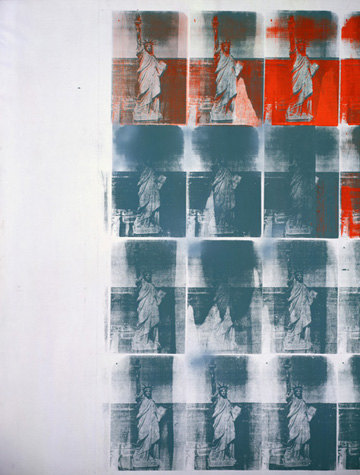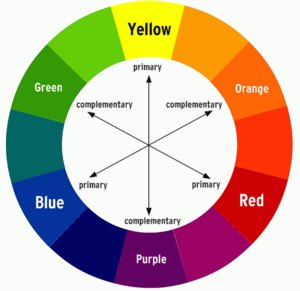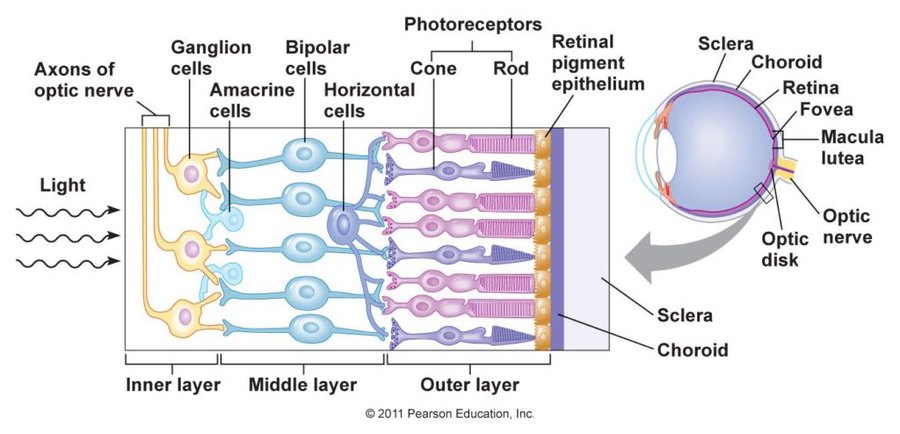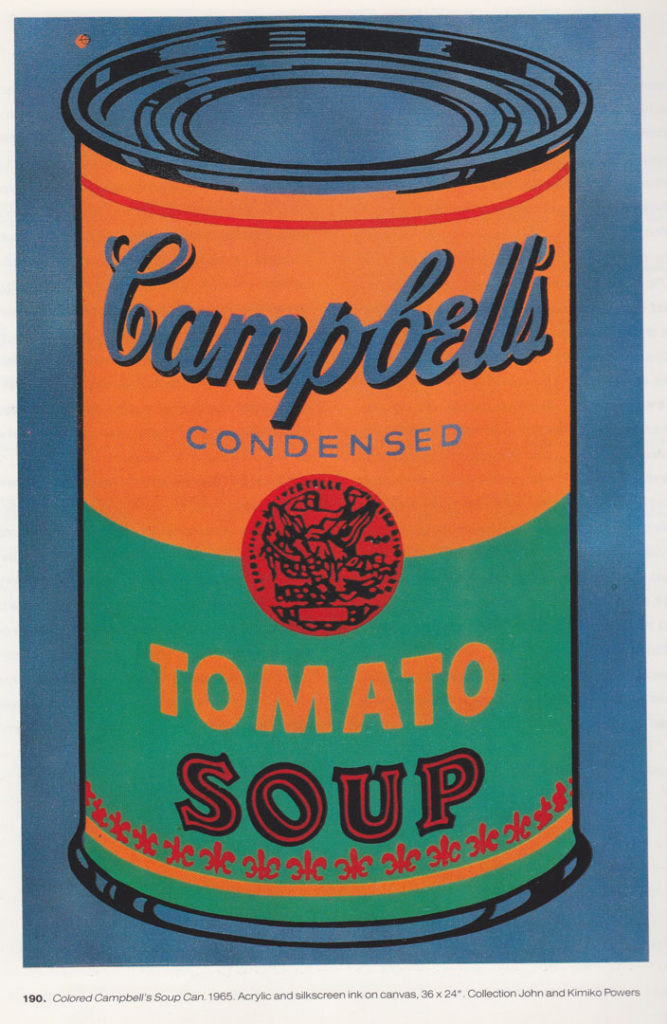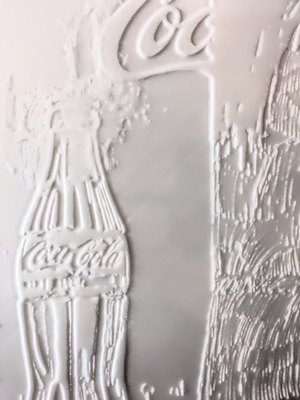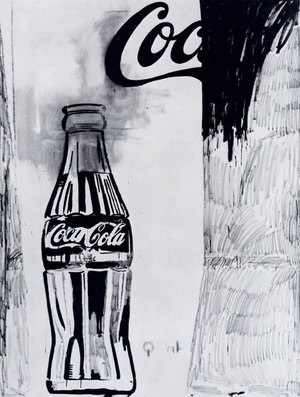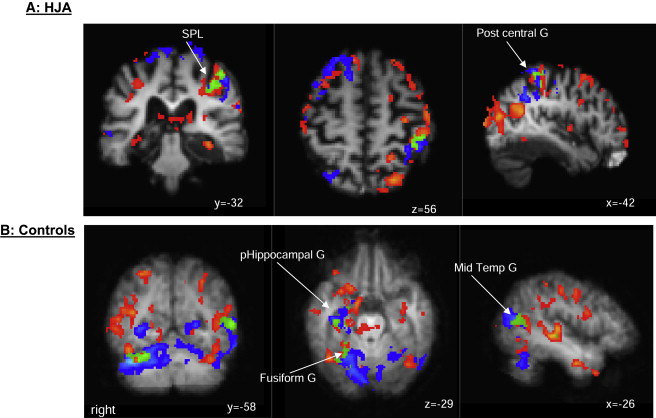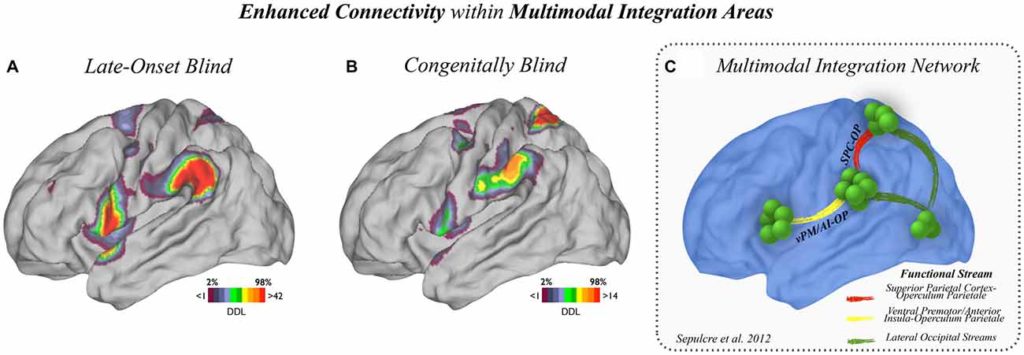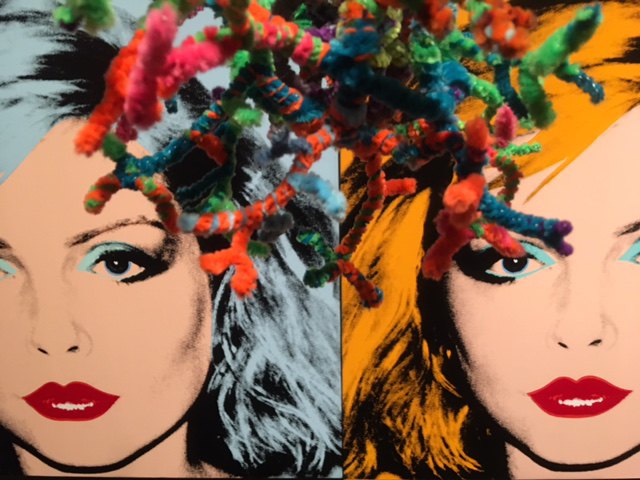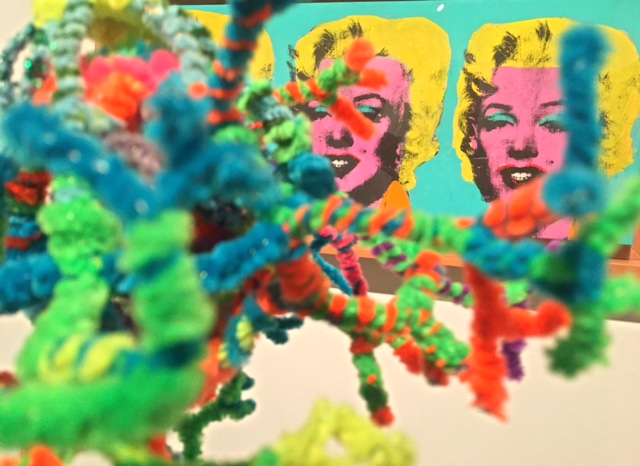While in Pittsburgh for the inspiring White House Frontiers conference, we made a stop at the Warhol Museum. Boasting the largest collection of Andy Warhol’s work, the artist’s hometown museum tracks his artistic career from his formative youth until his death in 1987.
Gnosis means “knowledge” in Greek (γνῶσις), and visual agnosia (“no knowledge of”) is the loss of knowledge about what you’re looking at. This loss can be quite specific for certain classes of objects including faces, or animals, depending on which particular areas of your inferior temporal lobes (part of the visual “what” pathway) are impacted…
Museums add gnosis, or knowledge, to the absorbing objects they contain, telling stories, and illuminating engaging aspects of our culture and history that provoke curiosity, wonder, motivation, connection, understanding and awe…
We learned, for example, that as a young person Warhol suffered from a debilitating neurological condition called Sydenham Chorea, more commonly known as “St. Vitus’ Dance.” As a result he spent much of his youth at home watching television, which had a profound impact on his work as an illustrator and artist as can be seen in the many pop culture images he used throughout his career.
One thing that is notable throughout Warhol’s work is how he uses color in many of his paintings and prints. Frequently Warhol would use complementary color schemes; in art these are generally considered to be colors that are opposite each other on the traditional twelve step color wheel.
However it is more useful (and accurate) to think of these as being colors in the visual spectrum that are the furthest from each other were you to turn that spectrum into a circle.
When placed adjacent to each other, complementary colors will tend to make each other seem more intense. This is potentially a result of fatigue in the horizontal cells that cone photoreceptors (33% of which respond to a narrower ranges of wavelengths, allowing you to discriminate colors) feed in to; in art this is referred to as simultaneous contrast.
The Warhol Museum has also contracted a number of his works to be recreated as tactile art reproductions, allowing visually impaired guests to experience some of his most well known pieces.
Created using 2D software and 3D printing these reproductions give the museum’s blind and visually impaired guests a sense of some key aspects in the works including composition, brushstrokes, and texture.
In addition, there is strong evidence that most of us process some amount of tactile information in the same areas that we use for visual information, in particular the lateral occipital cortex. In fact, a number of fMRI studies (such as this one from the University of Birmingham) have shown evidence for a direct connection between the somatosensory cortex and the lateral occipital cortex – in a sense we can also see with our hands…
- Areas Where BOLD Activation for Objects Is Higher Than Activation for Textures or Scrambled Objects
- Activation in the visual condition is in red and shows areas where the BOLD signal was higher for pictures of intact objects than for scrambled versions of those pictures.
- Activation in the tactile condition is in blue and shows areas where activation was higher when participants made stereotyped grasping motions to objects presented to their right hand than when they made the same movements to textured surfaces.
- Areas that are significantly active for both conditions are shown in green.
We also know from numerous studies that for people who are blind from a very early age there are changes in the routing of information in the brain that lead the primary visual cortex itself to respond to available auditory and tactile information rather than the missing visual…
Enhanced connectivity within multimodal regions. (A) Enhanced connectivity within multimodal regions in LB and (B) CB subjects compared to MCs are displayed. LB subjects showed increased connectivity in the vPM/AI-OP stream, and CB subjects showed increased connectivity in the OP-SPC stream. (C) The main connectional axes involved in the multimodal integration network are displayed for reference.
Similar tactile reproductions were on display at the compelling Cajal Exhibit that our PSU, WSU Vancouver and OHSU student volunteers saw – and touched! – during our Noggin visit to the NIH in spring 2016…
LEARN MORE: Cajal + Creativity @ the NIH
All in all it was a fascinating and inspiring day at the Warhol Museum here in Pittsburgh and for everyone out in Portland we encourage you to see the Warhol exhibit that is currently at the Portland Art Museum!
LEARN MORE ABOUT NOGGIN @ WHITE HOUSE FRONTIERS
EXPLORE FURTHER: STEAMing to DC!
Warhol-inspired image above by Jeff Leake and Alex Voigt (2016)



